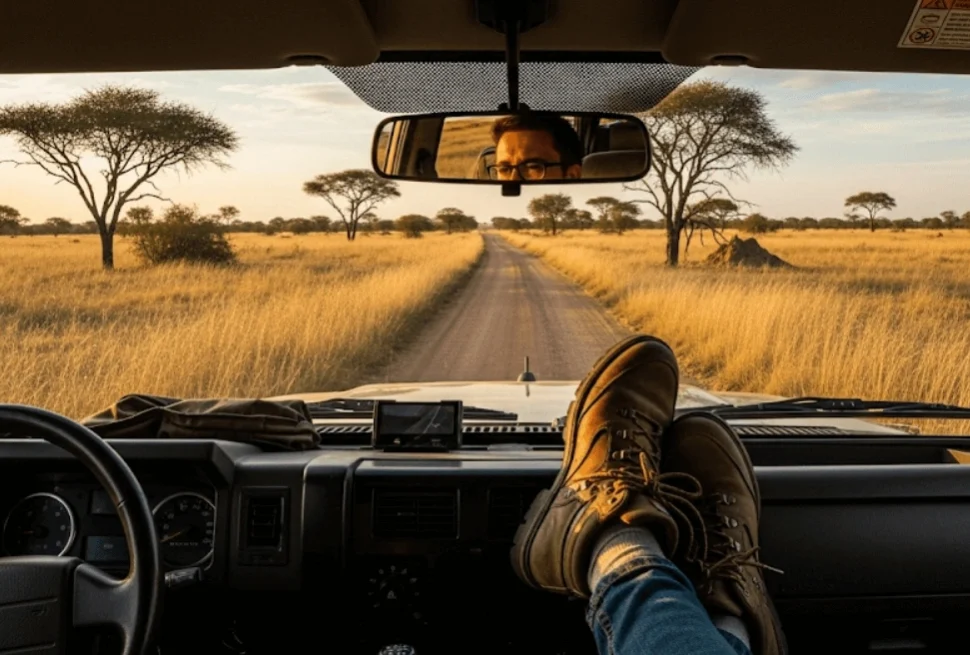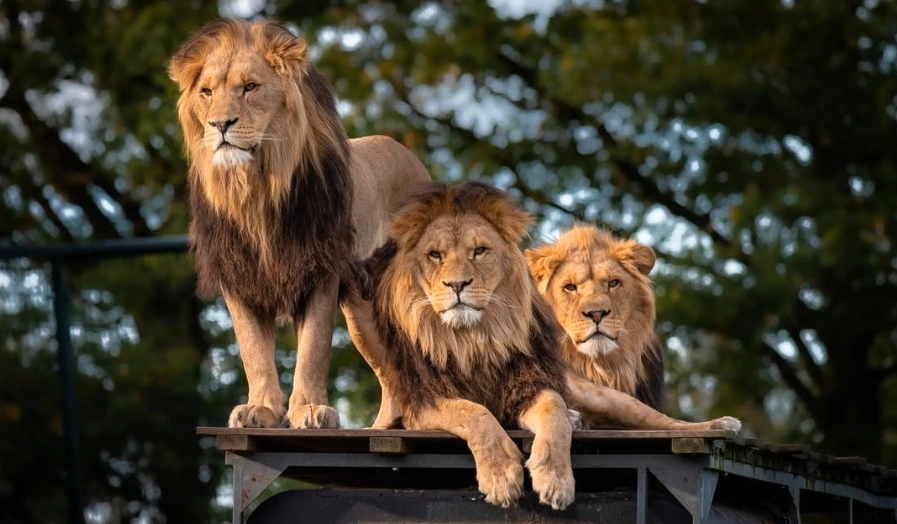“You don’t go to Uganda for perfect weather. You go for perfect moments.”
That’s something I often say when clients ask me when to travel. The truth? There’s no single “best” month to go on safari in Uganda — but there is a best month depending on what you want.
Gorillas? Lions? Waterfalls at full force? Birding bonanza? Each season has its secrets.
This guide breaks down what to expect each month — so you can plan your trip around what matters most to you, not just what the guidebooks say.
Key Takeaways
- June to August and December to February are generally the best times for safari in Uganda.
- These dry seasons offer better road access, clearer views, and higher chances of seeing wildlife.
- March to May and September to November are wetter but quieter and often cheaper.
- Gorilla trekking happens year-round — but the experience feels different depending on the season.
- Birdwatchers will love November to April when migratory species arrive.
Understanding Uganda’s Safari Seasons
Uganda sits on the equator — but don’t let that fool you. Altitude changes everything. From steamy lowlands to cool, misty mountains, Uganda’s weather shifts fast, and so does the safari experience.
Let’s break it down.
a) The Dry Seasons
1. June to August: The Prime Window
This is when most seasoned safari-goers visit — and with good reason. The skies are clear, the bush is dry, and animals gather around shrinking water sources, making them easier to spot.
In Queen Elizabeth or Murchison Falls National Park, expect lions lounging in the sun, elephants along riverbanks, and buffalo by the hundreds. Game drives are smooth, trails are passable, and photography? Chef’s kiss.
If gorilla trekking is your goal, this is one of the best times to hike the steep slopes of Bwindi or Mgahinga without slipping through the mud.
👉 Planning your trek? Read up on gorilla trekking rules and what to pack for gorilla trekking.
2. December to February: A Second Sweet Spot
This second dry season is ideal if you prefer slightly warmer weather. It’s also less crowded than the June–August rush, making it perfect for photographers and honeymooners.
Birdwatching in places like Mabamba Swamp is also incredible during this window, especially for catching migratory species.
b) The Rainy Seasons
3. March to May: Wet But Wild
Yes, it rains. Yes, roads can get muddy. But the rain breathes life into the landscape — everything is green, fresh, and bursting with color.
This is the secret season for travelers who want privacy. Lodges offer better rates, and you’ll often have sightings (and sometimes entire parks) almost to yourself.
That said, gorilla trekking can be tougher. Trails are slippery, and you’ll need solid gear. But the forest? Enchanted.
If you’re up for an adventure and want to experience Uganda’s raw beauty, this might be your time.
Check your gear list with our gorilla trekking fitness and age requirement guide before you commit.
4. September to November: Shoulder Season Beauty
This is a transitional period — shorter rains, fewer tourists, and more flexibility. It’s an especially great time for birders and photographers.
In Kibale Forest, chimp trekking is still active. In Lake Mburo, you’ll catch zebras, impalas, and perhaps the elusive eland wandering through the mist.
Plus, the occasional rain makes the sunsets absurdly beautiful. I’ve seen skies turn shades of orange that no camera can truly capture.
Month-by-Month Safari Overview
| Month | Highlights |
|---|---|
| January | Dry, great for game drives, gorilla trekking, and birding. |
| February | Still dry; quieter parks and perfect for honeymoon safaris. |
| March | Start of rains. Lush landscapes and fewer crowds. |
| April | Wettest month — challenging but intimate experience. |
| May | End of rains. Wildflowers, birds, and green everywhere. |
| June | Dry season begins. Peak time for safaris and trekking. |
| July | Top wildlife month. Perfect visibility in savannah parks. |
| August | Dry continues. Great for families and Big Five sightings. |
| September | Short rains start. Still good for wildlife and photography. |
| October | Soft rains. Great for chimpanzees and fewer crowds. |
| November | Green season pricing; peak migratory bird season. |
| December | Dry again. Festive season, but book early — it gets busy! |
Uganda isn’t a one-season wonder. Every month brings something fresh — a shift in light, a new sound in the forest, a surprise around the next bend.
The “best time” for your safari depends on what kind of adventure you’re craving. Dry, wild, green, serene — it’s all here, just waiting for you.
Let’s help you find your best time. Request a quote and we’ll tailor a journey that fits your rhythm — not just the calendar.
FAQs
Is Uganda a year-round safari destination?
Yes. Uganda doesn’t shut down during rainy seasons. Wildlife is always present, and gorilla trekking continues all year.
What’s the best time for gorilla trekking in Uganda?
June to August and December to February are drier and more comfortable, but you can trek any month with proper preparation.
Are safaris cheaper during the rainy season?
Often, yes. Many lodges offer off-season rates, and you may get more personalized attention due to lower visitor numbers.
Can I see the Big Five any time of year?
Yes — especially in parks like Murchison Falls and Ziwa Rhino Sanctuary. Visibility is better in the dry months, though.
When is the best time for birdwatching in Uganda?
November to April is peak time, especially for migratory birds. Don’t miss Mabamba Swamp for the elusive Shoebill.





